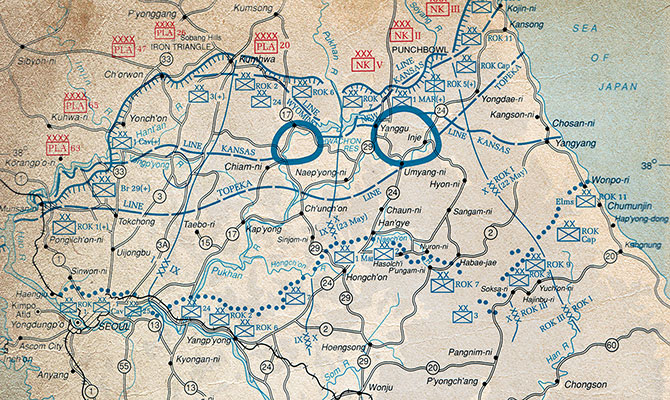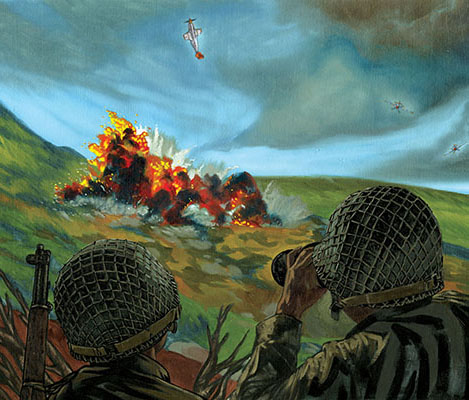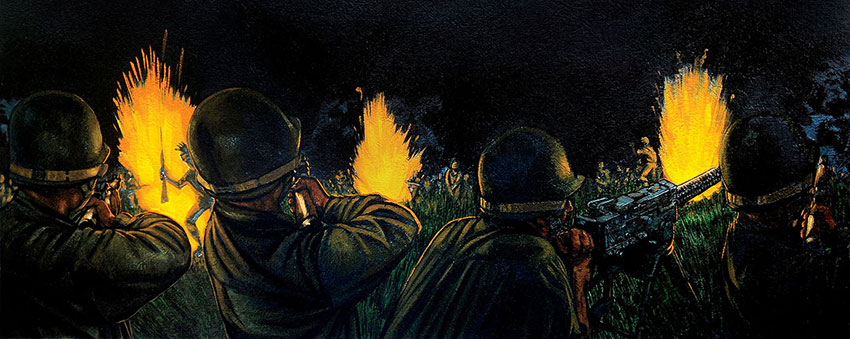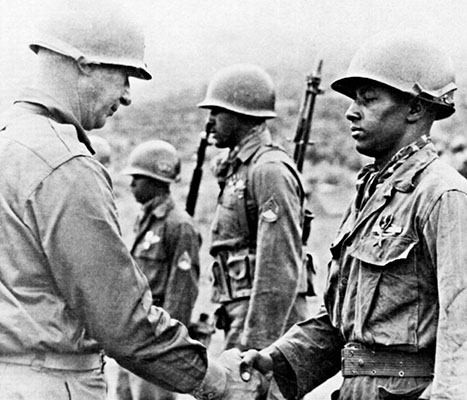DOWNLOAD
The American infantry company moved up the slope of the hill, the company commander in the lead. When the captain reached the crest, he halted his unit. More than sixty enemy bodies lay scattered around the hilltop and down its forward slope. Several U.S. soldiers sat cleaning their weapons. Others lay sleeping in foxholes. The captain spoke to the troops, questioning them on the recently concluded battle. He saluted the soldiers, then turned and addressed his company. “Look around,” he said. “This is what happens to the enemy when men don’t panic.”1 With that, the company passed over the top of the hill and descended to take up their defensive positions. The hill was called 581. The defenders were the 2nd Ranger Infantry Company.

Six Ranger Infantry Companies fought in the Korean War. The 2nd Ranger Company (nicknamed the “Buffaloes”) was the only all-black company in what would soon be a totally integrated Army.2 As one of the first three Ranger companies to arrive in Korea in December 1950, they were initially attached to the 7th Infantry Division (7th ID). The 2nd Rangers fought in numerous battles including at Munsan-ni, where they parachuted in with the 187th Airborne Regimental Combat Team (ARCT) in March 1951. The subsequent weeks of combat and the injuries sustained in the winter weather took a toll and by April 1951, only 75 men remained from the original company strength of 122.3 On 24 April 1951 they were detached from the 187th and re-attached to the 7th Infantry Division. For the next three weeks, the majority of the company conducted combat patrols in front of the division while a small element acted as the training cadre for the black soldiers coming to the 7th ID as replacements.













